PHOTO SHOOT PLANNING:
WHERE: In order to take these images in a professional setting we utilized the studio and various other equipment in order to take the images. We used a three point lighting system in order to illuminate the still life table. Much like the previous still life photography, this time we used various different coloured backdrops. These allowed us to play with different compositions and set ups.
WHAT: We used a variety of war items and memorabilia and set them up as still life n order to capture them and continue our occupation vs liberation topic.
WHY: In order to be more technically skilled in terms of lighting set ups and using the camera. We were able to learn a variety of things such as how to set up a horizontal tripod, the use of a flash transmitter and how to illuminate a professional still life table.
HOW: In order to create these images, we used various types of equipment and professional still life photography set ups. The most notable thing we used was the transmitter in order to set of the flash whilst photographing.
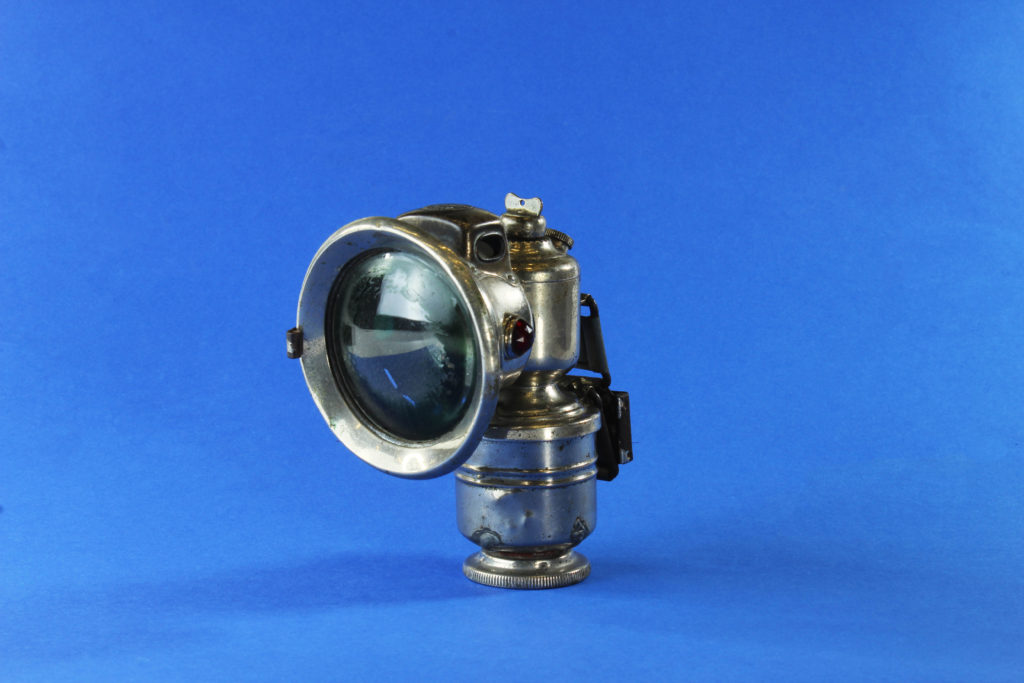
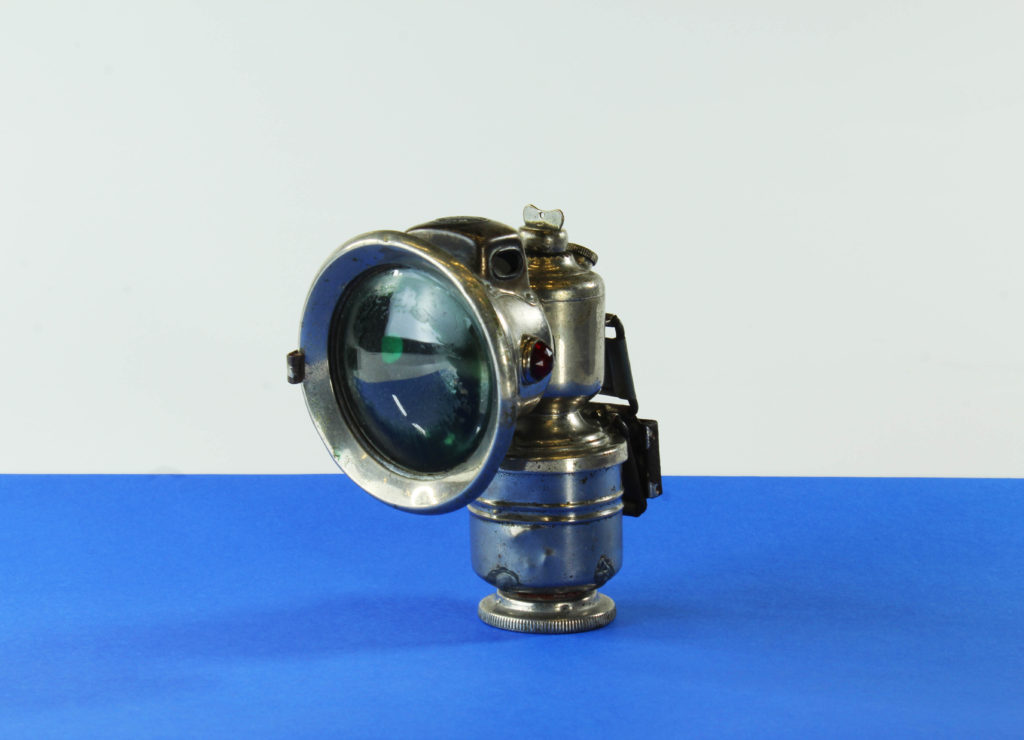
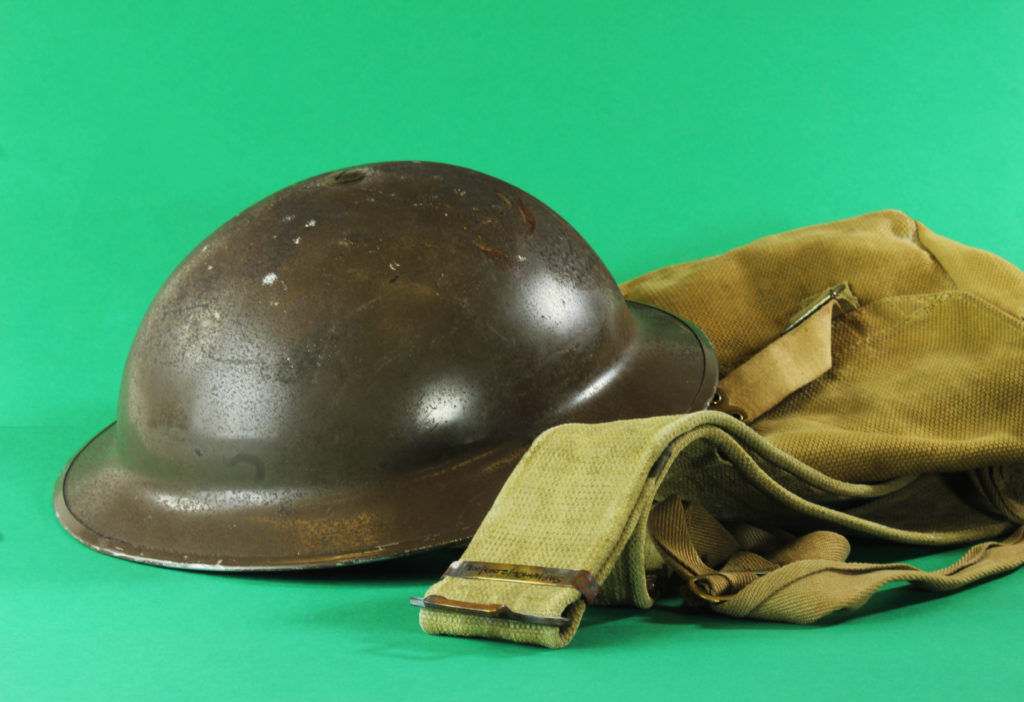
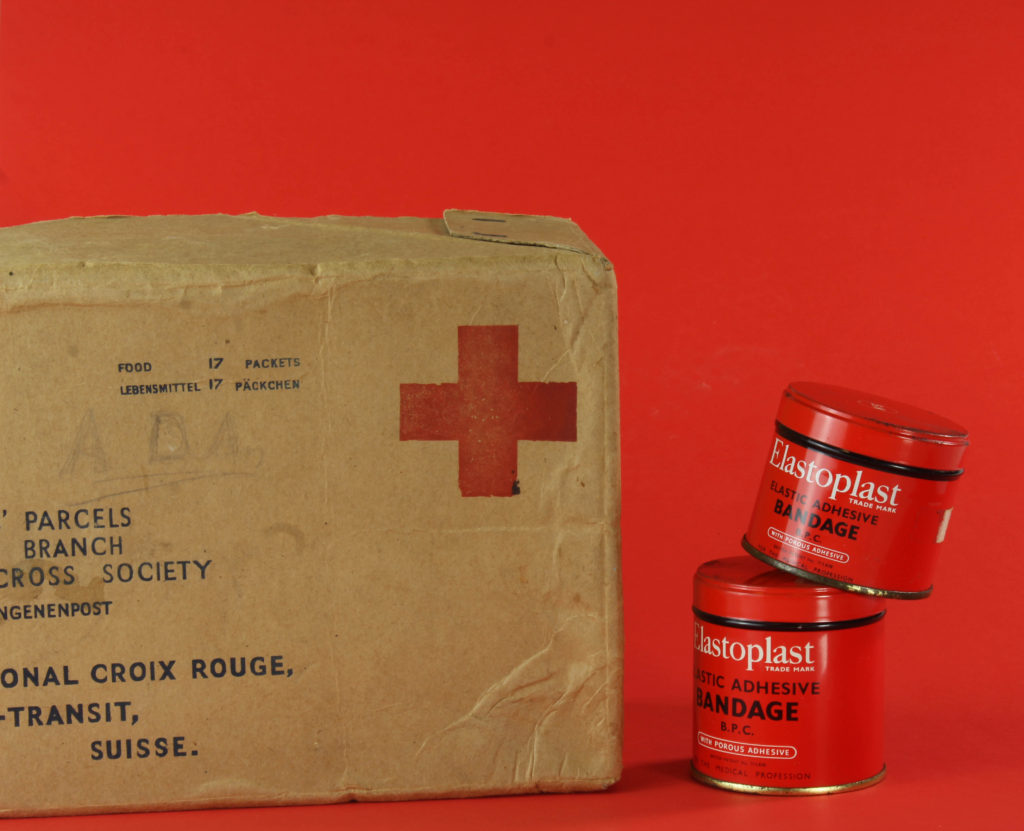
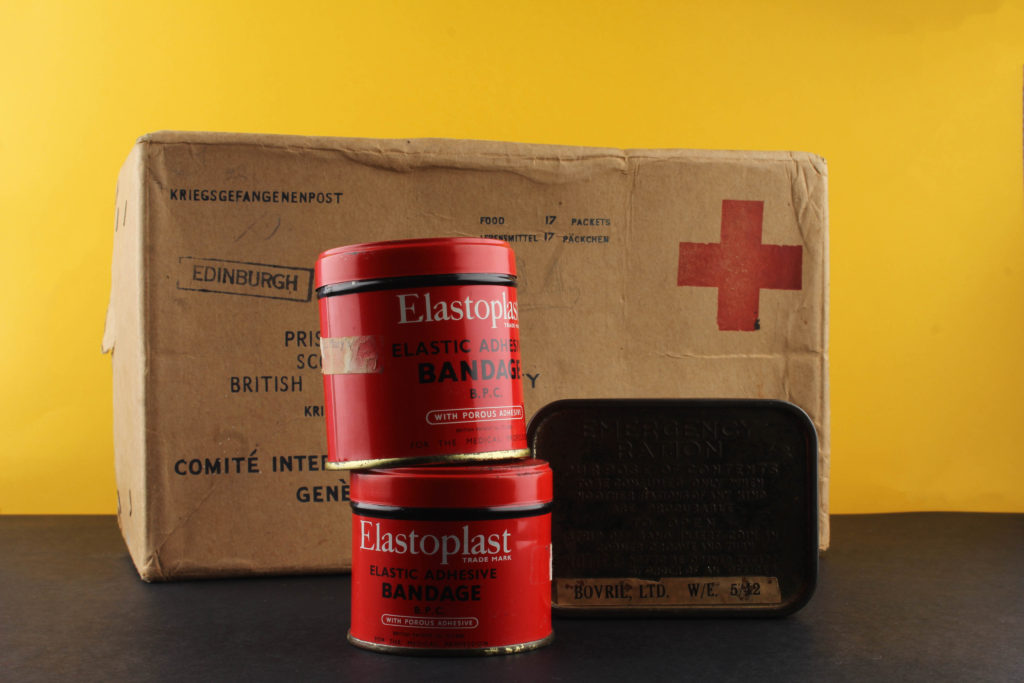
CRITICAL ANALYSIS:
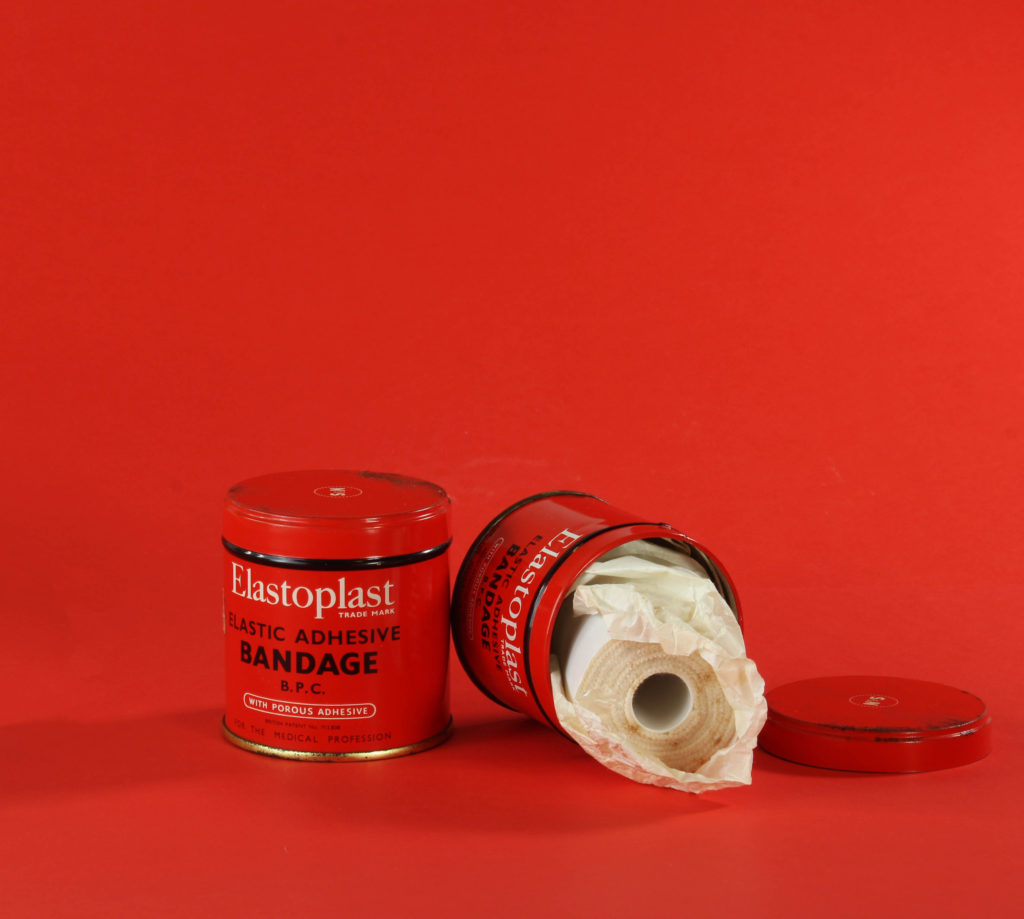
TECHNICAL:
In terms of the technical aspects of the image, the was one of the most technically challenging shoots which I have done to date due to the various professional aspects which had to be taken into account. Firstly, in order to sufficiently illuminate the image, we used a 3 point lighting set up in order to do so, using a a primary, secondary and fill light in order to do so. Yet we often found that the fill light was making the image over exposed so for the majority of the time we did not even use this lighting set up. As we wanted very high quality images for the outcome, we used a fixed lens in order to shoot the photos, this meant that if we wanted to zoom into the composition, we physically needed to move the camera. Another piece of equipment which was essential for this shoot was a tripod which we used in order to get the most accurate and crisp images as possible as it prevented the occurrence of motion blur. Another precaution which we took in order to avoid this was the use of a trigger, this allowed us to take the image without actually physically touching the camera. The table with we set the composition up on was actually a professional still life table intended for this one purpose. The most notable aspect of it was the large curve which extended upwards, this makes the backdrop continuous and undisturbed, very similar to an infinity screen. One downside which I found whilst working with this was the fact that the surface was made out of a very reflective plastic which meant that the backdrop wasn’t even, as small reflections of light could be seen which have to be edited out later. This was also combated with the use of the colored backdrops which were matte in texture and could be fixed onto the still life table and act as a new backdrop.
VISUAL:
In terms of the visual aspects of the mage I find that it is very harmonious in nature and many aspects compliment one another very nicely. the most notable aspect of the image is the continuous use of the color red within the object and the backdrop, this was done deliberately in order to create harmony and cohesiveness between the backdrop and the object. Even though there are an extremely similar tone, the two colors do slightly vary so there is still a distinct difference between the backdrop and the object, this is further created by the cylindrical shape of the tins which curve and create a shadow whilst doing so. The focal point of the image is undoubtedly the opened tin on the right hand side of the image which is spilling out it’s contents, the bright white of the bandages nicely contrasts the bright red which encompasses the image. The shapes which can be seen in the image also complement each other very well as there is a set of two very cylindrical objects, the lid and bandage also following this same pattern. Due to the more powerful lighting which is hitting the right hand side of the image, a light shadow is cast, leaning onto the left hand side of the image, this not only creates slight contrast, it also creates depth and distinguishes the backdrop from the objects which are stationed in the foreground of the image.
CONCEPTUAL:
Still life has always been about more than fruit and flowers arranged on tables. The French word for the genre – nature morte – references mortality, a nod to the brevity of even the most luxurious of lives. Still life images at their best illicit a response on both a visual and an intellectual level – both examining the principles of arrangement and aesthetic taste, and asking questions about commodity-based status, the everyday, and life and death. They take the ordinary and make it extraordinary. Everyday objects morphed into high art.With any genre rooted in such tradition though, it takes special work to push it in new and interesting directions – for the work to feel fresh and exciting, rather than just referential and appropriated. An aesthetic document is one thing, but what does a modern still life communicate that we don’t already know, that photographers weren’t already exploring almost a century ago?
CONTEXTUAL:
The main thing which we tried to achieve with this photo shoot was to learn about the formalities of still life and extend our knowledge within the studio and different lighting set ups. It was critical that we learn about different artistic imagery, even if it is not formally related to modern day photography. Still life as a whole can be categorized within a classical genre which is essential if we are wanting to explore a variety of photography styles as a large chunk of history was spent perfecting the technique in which to visualize objects.
EDITING PROCESS:
In terms of the editing process, this was a slightly longer process than the previous still life set up with the addition of colored backdrops. To start of with, i completed the typical adjustments of exposure, brightness, contrast, vibrance and saturation in order to create more striking and impactful images. I then moved onto fixing the backdrops of the images, as when it came to the reviewing process, I found that an abundance of them displayed scuffs and marks, with uneven tones. It was essential that these were removed as this would ultimately just distract away from the main focal point of the image. I used the spot healing tool for the majority of the images as i found that this was very effective in removing small marks quickly. I increased the size of the brush head in order to target large areas where tone may have been off.

